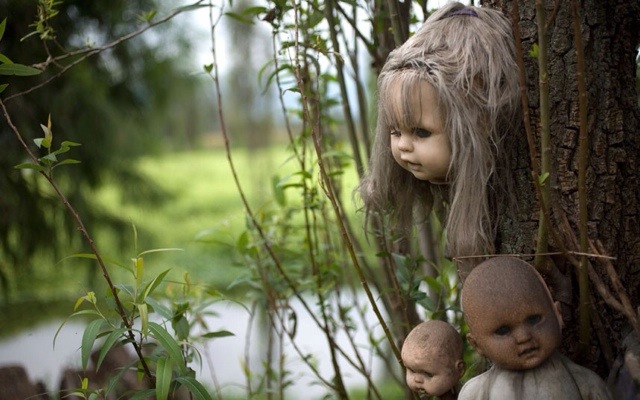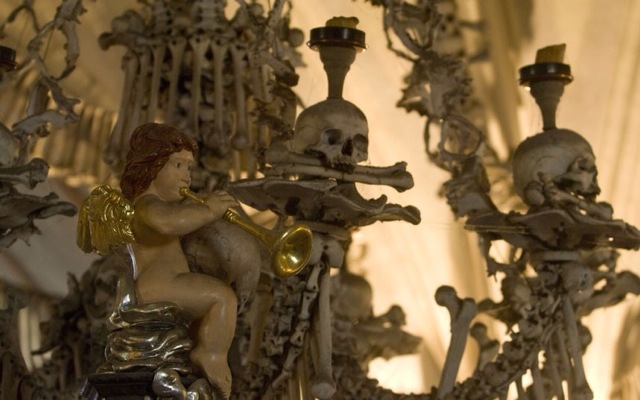
The Island of the Dolls, Mexico
Xochimilco is a district of Mexico City that contains an extensive system of canals and artificial islands, or chinampas, the most famous of which belonged to a man named Julian Santana Barrera. After he discovered the body of a dead girl in a nearby canal, he began collecting discarded dolls and doll parts, which he would hang from the trees on his island in an attempt to ward off evil spirits. Mr Barrera died in 2001, but the dolls remain, and the creepy island can be visited by boat.
Hashima Island, Japan
Found around 15km from Nagasaki, Hashima was used as a coal mining facility between 1887 and 1974, with its population reaching a peak of 5,259 people in 1959, or 216,264 per square mile. After petroleum replaced coal throughout Japan in the 1960s, Hashima was abandoned, and is now known as “Ghost Island”. A small portion of the island was reopened to tourists in 2009, and sightseeing boat trips often stop here.

The Hill of Crosses
The Hill of Crosses, Lithuania, is a Catholic pilgrimage site that was established in the 1830s. It is thought to contain at least 100,000 crosses and giant crucifixes, and was been described by Pope John Paul II as a place for hope, peace and love. You wouldn’t want to spend the night here alone, however.

Sedlec Ossuary, Czech Republic
This small chapel near Kutna Hora contains the remains of up to 70,000 people, and attracts around 200,000 tourists each year. That is largely down to the fact that the bones of those people have been arranged in a bizarrely artistic fashion. The interior contains such delights as a bone chandelier, and garlands of skulls.
Originally posted 2014-01-06 20:26:37. Republished by Blog Post Promoter

![20140106-211911[1]](https://coolinterestingnews.com/wp-content/uploads/2014/01/20140106-2119111.jpg)









